A Guide to Making Modular Kitchen Cabinets
Modular kitchen cabinets offer versatility, functionality, and style, making them a popular choice for modern kitchens. These pre-fabricated units are designed to be easily assembled and installed, providing homeowners with a customizable and efficient storage solution. In this guide, we’ll discuss the process of making modular kitchen cabinets from scratch, covering everything from design and materials to construction and installation.
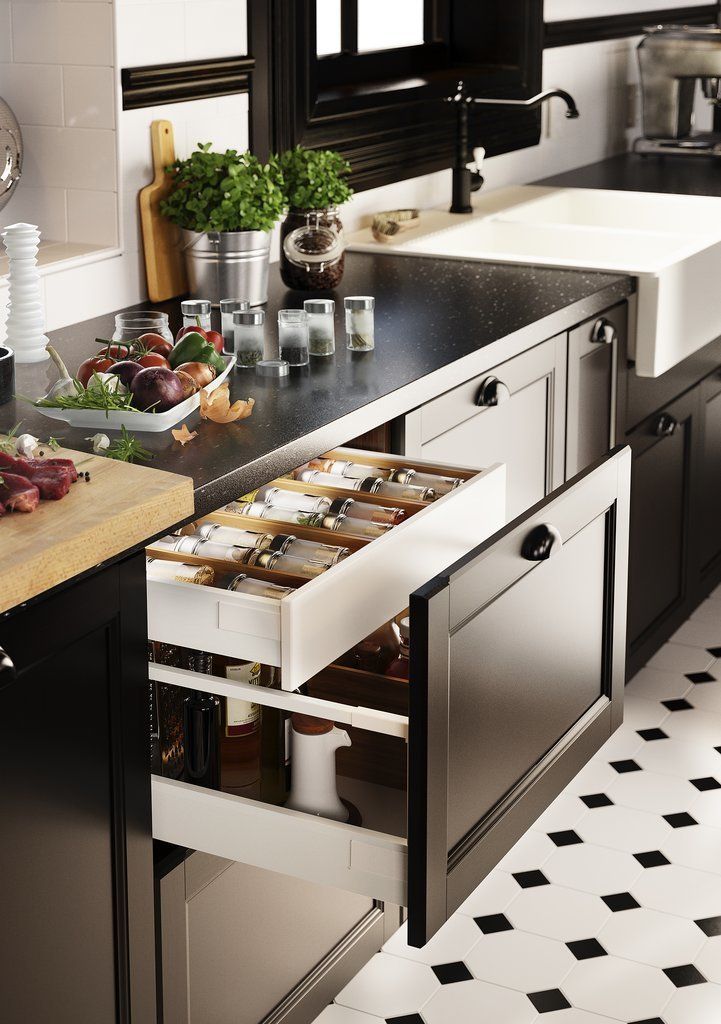
Planning and Design
Before diving into the construction of modular kitchen cabinets, it’s essential to carefully plan and design your kitchen layout to ensure that the cabinets meet your specific needs and preferences. Start by measuring the dimensions of your kitchen space and creating a detailed floor plan that includes the location of appliances, windows, doors, and other fixtures.
Next, consider the storage requirements and functional aspects of your kitchen, such as the types of items you need to store, your cooking and food preparation habits, and any special features or accessories you want to incorporate into the cabinets. This will help determine the size, shape, and configuration of the modular cabinets to best optimize space and efficiency.
Once you have a clear vision of your kitchen layout and storage needs, you can begin designing the modular cabinets. Choose a style and finish that complements your overall design aesthetic, whether it’s sleek and modern, classic and traditional, or somewhere in between. Consider incorporating features such as pull-out drawers, adjustable shelves, and built-in organizers to maximize storage and functionality.
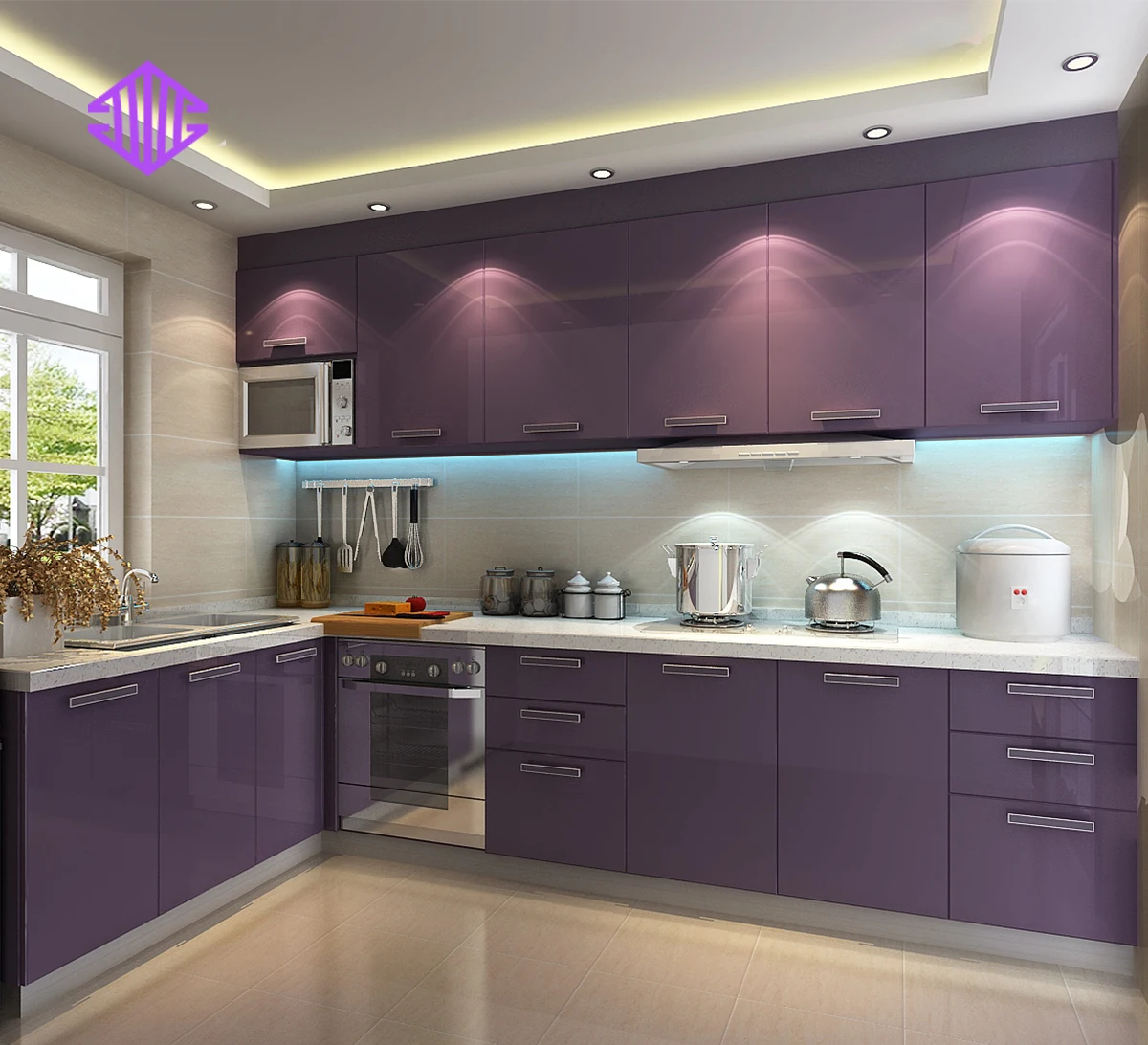
Selecting Materials and Components
When making modular kitchen cabinets, selecting the right materials and components is crucial to ensuring quality, durability, and aesthetics. Choose high-quality materials such as plywood, medium-density fiberboard (MDF), or particleboard for the cabinet boxes, and solid wood or veneer for the cabinet doors and drawer fronts.
Consider the hardware and accessories that will be used in the cabinets, such as hinges, drawer slides, handles, and knobs. Opt for durable, corrosion-resistant hardware that can withstand daily use and provide smooth and reliable operation. Additionally, explore options for interior fittings and organizers that can help maximize space and organization within the cabinets.
Before purchasing materials and components, carefully calculate the quantity and dimensions needed based on your kitchen layout and design specifications. This will help prevent waste and ensure that you have everything you need to complete the project efficiently.
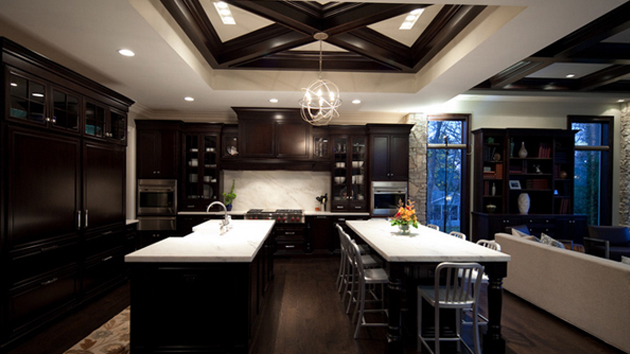
Construction and Assembly
Once you have gathered all the necessary materials and components, it’s time to begin constructing and assembling the modular kitchen cabinets. Start by cutting the plywood or other cabinet box material into panels according to your design dimensions, using a table saw or circular saw.
Assemble the cabinet boxes using wood glue, screws, and dowels or biscuits for added strength and stability. Pay close attention to ensure that the cabinet boxes are square and level during assembly to prevent misalignment and fitting issues later on.
Next, attach the cabinet doors, drawer fronts, and hardware according to the manufacturer’s instructions. Use a drill and screws to secure the hinges and handles in place, making any necessary adjustments to ensure proper alignment and operation.
Finally, install the cabinets in your kitchen space, starting with the base cabinets and working your way up to the wall cabinets. Use a level to ensure that the cabinets are straight and evenly spaced, and secure them to the wall studs using screws or mounting brackets.

Finishing Touches and Installation
Once the modular kitchen cabinets are assembled and installed, it’s time to add the finishing touches to complete the look and functionality of your kitchen. Fill any visible screw holes or gaps with wood filler, sand the surfaces smoothly, and apply a coat of primer and paint or stain to match your desired finish.
Install any additional accessories or organizers, such as pull-out shelves, lazy Susans, or spice racks, to enhance the functionality and organization of the cabinets. Consider adding under-cabinet lighting or task lighting to illuminate the workspace and add ambiance to the kitchen.
Finally, step back and admire your handiwork as you enjoy your newly transformed kitchen space. With careful planning, attention to detail, and a bit of DIY know-how, you can create beautiful and functional modular kitchen cabinets that enhance the style and efficiency of your home.

Common Mistakes to Avoid
Poor Planning: Failing to properly plan and design your modular kitchen cabinets can result in inefficient use of space, awkward layouts, and costly mistakes. Take the time to carefully measure and plan your kitchen layout, storage needs, and cabinet design before starting the construction process.
Using Low-Quality Materials: Choosing cheap or substandard materials for your modular kitchen cabinets can lead to issues such as warping, sagging, and deterioration over time. Invest in high-quality materials that are durable, moisture-resistant, and built to last for years to come.
Skipping Proper Assembly Techniques: Rushing through the assembly process or cutting corners on construction techniques can result in weak and unstable cabinets that are prone to failure. Follow proper assembly techniques, such as using wood glue, screws, and dowels for secure and sturdy joints, to ensure the structural integrity of the cabinets.
Ignoring Safety Precautions: Working with power tools and heavy materials can pose safety hazards if proper precautions are not taken. Always wear appropriate safety gear, such as safety goggles and gloves, and follow the manufacturer’s instructions and safety guidelines when using tools and equipment.
Overlooking Functionality: While aesthetics are important, it’s equally essential to prioritize functionality and practicality when designing modular kitchen cabinets. Consider factors such as storage needs, accessibility, and workflow to create cabinets that not only look great but also enhance the efficiency and usability of your kitchen space.
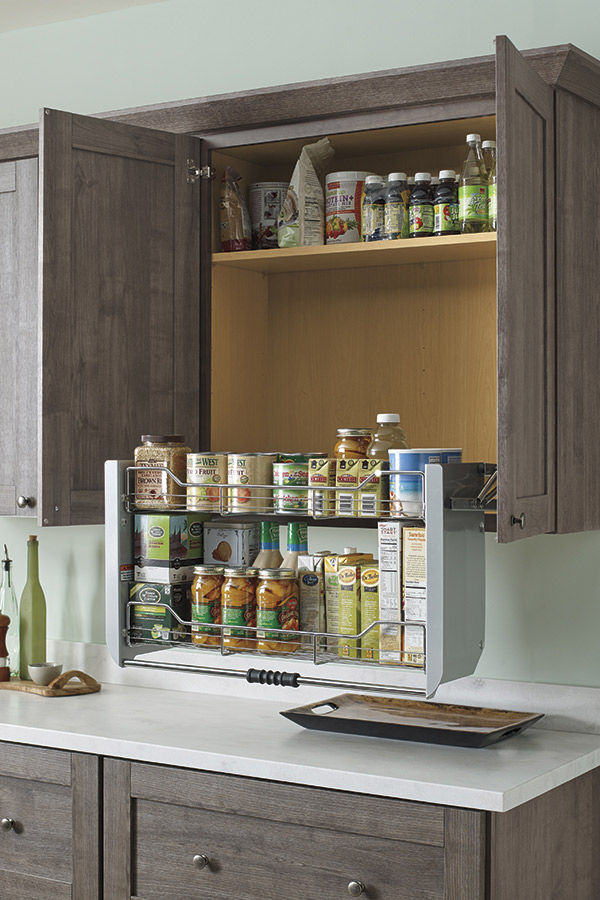
How much does it cost to make modular kitchen cabinets compared to buying pre-fabricated ones?
The cost of making modular kitchen cabinets versus buying pre-fabricated ones can vary depending on several factors, including the quality of materials, the size and complexity of the design, and labor costs. In general, making modular kitchen cabinets yourself can be more cost-effective than purchasing pre-fabricated ones, especially if you have the necessary skills and tools to complete the project.
When making modular kitchen cabinets, you have the flexibility to choose cost-effective materials such as plywood or MDF for the cabinet boxes and solid wood veneer for the doors and drawer fronts. Additionally, you can save on labor costs by assembling and installing the cabinets yourself, rather than paying for professional installation services.
However, it’s essential to consider the value of your time and the level of skill and expertise required to make modular kitchen cabinets. While DIY cabinets may be cheaper upfront, they can require a significant investment of time and effort to design, construct, and install properly. On the other hand, pre-fabricated cabinets offer convenience and may be a better option for homeowners who prefer a quicker and easier solution.

What tools and equipment do I need to make modular kitchen cabinets?
Making modular kitchen cabinets requires a variety of tools and equipment to cut, assemble, and install the cabinets properly. Some essential tools and equipment you’ll need for the project include:
- Measuring Tape: For accurately measuring dimensions and determining the size of cabinet components.
- Table Saw or Circular Saw: For cutting plywood or other cabinet box materials to size.
- Drill and Driver Set: For drilling holes and driving screws during assembly and installation.
- Wood Glue: For bonding cabinet components together securely.
- Screwdriver Set: For tightening screws and attaching hardware such as hinges and drawer slides.
- Clamps: For holding cabinet components together while the glue dries.
- Level: Ensure that cabinets are installed straight and level.
- Router: For creating decorative edges or profiles on cabinet doors and drawer fronts.
- Sandpaper and Sanding Blocks: For smoothing rough edges and surfaces before painting or staining.
Additionally, you may need other specialized tools and equipment depending on the specific design and construction techniques used for your modular kitchen cabinets. Be sure to gather all necessary tools and materials before starting the project to ensure a smooth and efficient construction process.
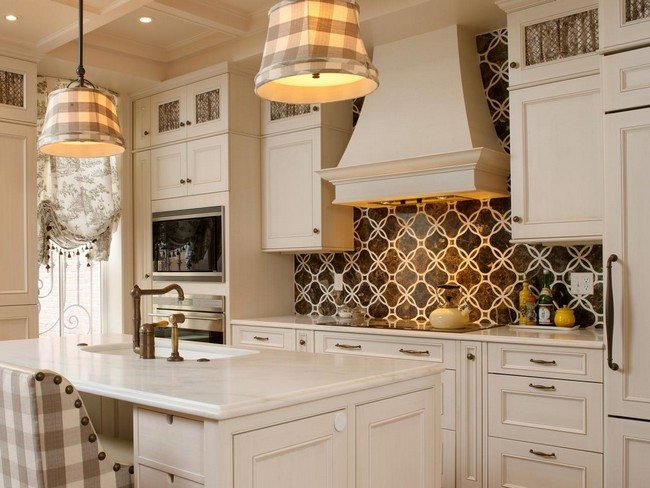
Can I customize the size and design of modular kitchen cabinets to fit my space?
Yes, one of the key advantages of making modular kitchen cabinets is the ability to customize the size, shape, and design to fit your specific space and requirements. Unlike pre-fabricated cabinets, which come in standard sizes and configurations, DIY modular cabinets can be tailored to suit the dimensions and layout of your kitchen perfectly.
When customizing modular kitchen cabinets, start by measuring the dimensions of your kitchen space and creating a detailed floor plan that includes the location of appliances, windows, doors, and other fixtures. This will help you determine the optimal size and configuration of the cabinets to maximize storage and efficiency.
Next, consider your storage needs and functional requirements, such as the types of items you need to store, your cooking and food preparation habits, and any special features or accessories you want to incorporate into the cabinets. This will help guide the design and layout of the cabinets to ensure they meet your specific needs and preferences.
With careful planning and attention to detail, you can create custom modular kitchen cabinets that not only fit your space perfectly but also enhance the style and functionality of your kitchen. Whether you prefer sleek and modern or classic and traditional, DIY modular cabinets offer endless possibilities for customization to suit your taste and lifestyle.

How long does it take to make modular kitchen cabinets from start to finish?
The time it takes to make modular kitchen cabinets from start to finish can vary depending on several factors, including the size and complexity of the design, your level of skill and experience, and the availability of tools and materials. In general, making modular kitchen cabinets is a multi-step process that requires careful planning, precise measurements, and attention to detail, so it’s essential to allow sufficient time to complete each stage of the project thoroughly.
The first step in making modular kitchen cabinets is planning and design, which involves measuring the dimensions of your kitchen space, creating a detailed floor plan, and determining the size, shape, and configuration of the cabinets. Depending on the complexity of your design and the amount of customization required, this stage can take anywhere from a few hours to several days to complete.
Once you have finalized the design, the next step is gathering materials and components, such as plywood or MDF for the cabinet boxes, solid wood or veneer for the doors and drawer fronts, and hardware such as hinges, drawer slides, and handles. This may involve shopping for materials at your local home improvement store or ordering them online, which can take additional time depending on availability and delivery options.
Once you have all the necessary materials and components, the construction and assembly process can begin. This typically involves cutting the cabinet components to size, assembling the cabinet boxes, attaching the doors and drawer fronts, and installing hardware and accessories. Depending on the size and number of cabinets, as well as your level of experience with woodworking and DIY projects, this stage can take anywhere from a few days to a few weeks to complete.
Finally, the last step is finishing and installation, which involves filling any visible screw holes or gaps, sanding the surfaces smoothly, and applying a primer and paint or stain to achieve the desired finish. Once the cabinets are finished, they can be installed in your kitchen space using a level and screws or mounting brackets. The time it takes to complete this stage will depend on factors such as drying times for paint or stain and the complexity of the installation process.

Can I install modular kitchen cabinets myself, or do I need to hire a professional?
While installing modular kitchen cabinets yourself is certainly possible, it’s essential to consider your level of skill, experience, and comfort with DIY projects before deciding whether to tackle the installation yourself or hire a professional. Installing modular cabinets can be a relatively straightforward process, especially if you have some basic carpentry skills and the necessary tools and equipment. However, it’s essential to follow proper installation techniques and safety precautions to ensure that the cabinets are installed securely and level.
If you’re comfortable with DIY projects and have experience with tools such as drills, levels, and screwdrivers, you may be able to successfully install modular kitchen cabinets yourself. Be sure to carefully read and follow the manufacturer’s instructions for installation, as well as any local building codes or regulations that may apply.
On the other hand, if you’re not confident in your DIY skills or if the installation involves complex or challenging aspects such as plumbing or electrical work, it may be wise to hire a professional installer to handle the job. A professional installer will have the expertise and experience to ensure that the cabinets are installed correctly and safely, saving you time, effort, and potential headaches in the long run.
Before making a decision, consider your budget, timeline, and the complexity of the installation, and weigh the pros and cons of DIY versus professional installation to determine the best option for your needs. Whether you choose to install modular kitchen cabinets yourself or hire a professional, the result will be a beautiful and functional kitchen space that you can enjoy for years to come.
Related Posts:
- Refacing Your Kitchen Cabinets
- Kitchen Backsplash Pictures With Oak Cabinets
- What To Use To Clean Kitchen Cabinets Before Painting
- Kitchen Cabinet Magnetic Latches
- Kitchen Without Corner Cabinets
- Simple Kitchen Cabinet Design Ideas
- Steampunk Kitchen Cabinets
- Kitchen Pantry Cabinet Designs
- White Kitchen Cabinets With Dark Backsplash
- Knotty Kitchen Cabinets